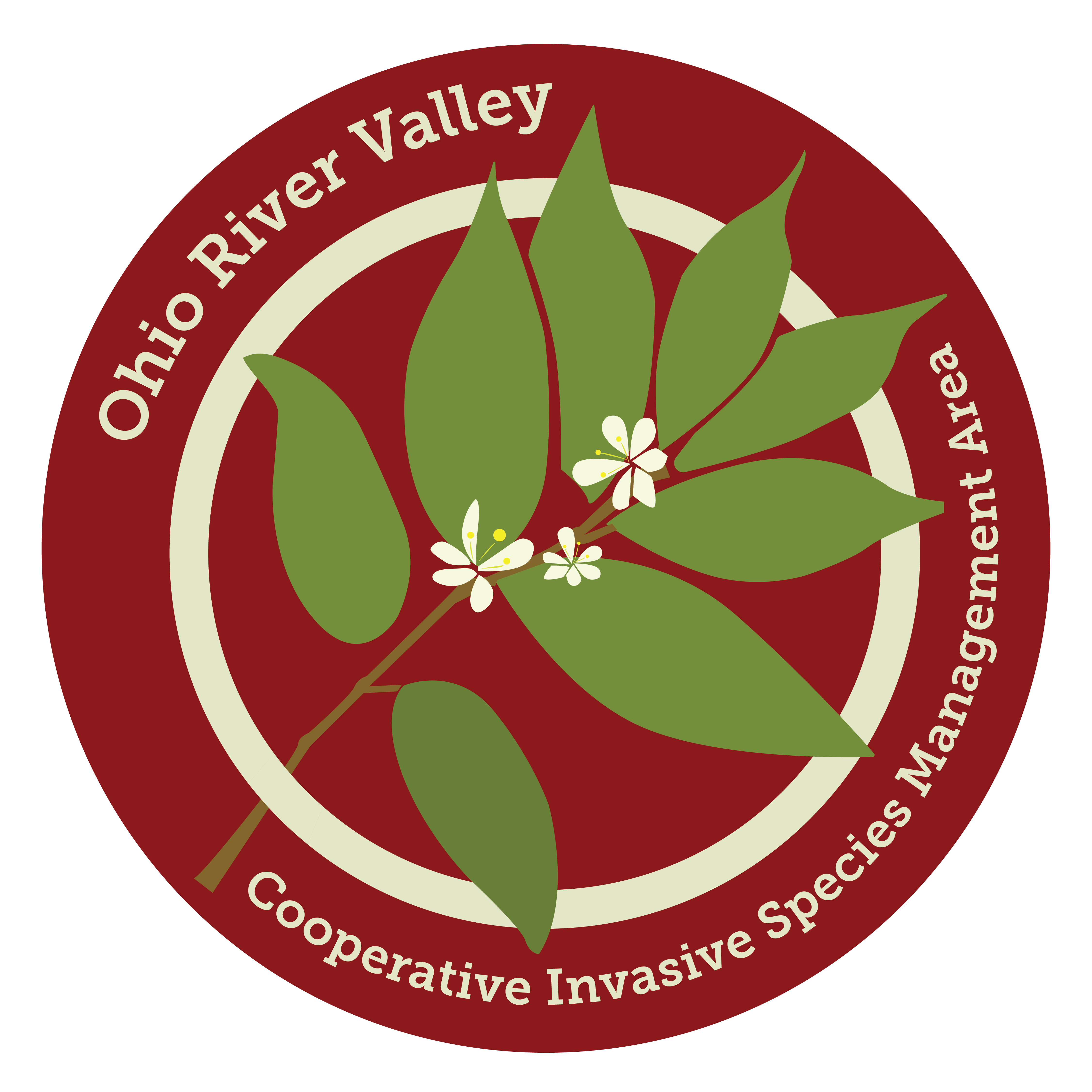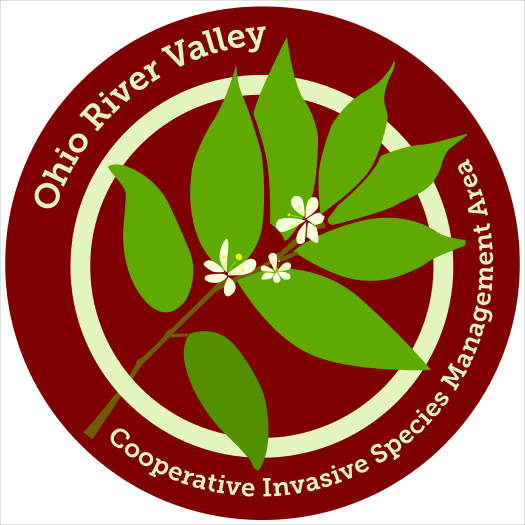Filling the Void: Replanting Native Plants after Invasive Eradication
So, you’ve removed all of your invasive plants…now what? Join us as we explore native alternatives to include in your garden and other outdoor spaces!
Why plant native? In short – they are the ecological basis that all life depends on! Native plants have adapted to the local climate and soil conditions, meaning they require less water and very little (if any!) fertilizers. They serve as food for native butterflies, insects, birds, and other animals, they provide habitat, promote biodiversity, help prevent soil erosion, and so much more!
Brought to you by Ohio River Valley CISMA and Ohio River Foundation.
Invasive Invasion: How to identify invasive plants and stop them in their tracks.
Learn how and why non-native invasive plant species like Winter Creeper, English Ivy, Honeysuckle, and others are rapidly spreading across Southwestern Ohio. UC Field Service Associate Professor Dr. Denis Conover will be presented his research on “The Rise of Nonnative Invasive Plants in Natural Areas in Southwest Ohio.”
This presentation covers non-native invasive plant ID, ecological impacts, and what you can do to help!
Non-native invasive plants compete with and often crowd out native ones, leading to decreased biodiversity, poorer habitats for wildlife (including the pollinators that help our food supply), and lower water quality, among many other issues.
Brought to you by Ohio River Valley CISMA and Ohio River Foundation.
Chaff Flower – A fast-moving invader
Japanese Chaff Flower (Achyranthes japponica) has moved rapidly through the Midwestern states. Since its discovery, it has spread across both the Ohio and Mississippi river floodplains. Infestations are difficult to control once established and are easily spread by seeds on clothing, and by animals. This presentation covers chaff flower ID, ecological impacts and management tactics to gain control in problem areas.

